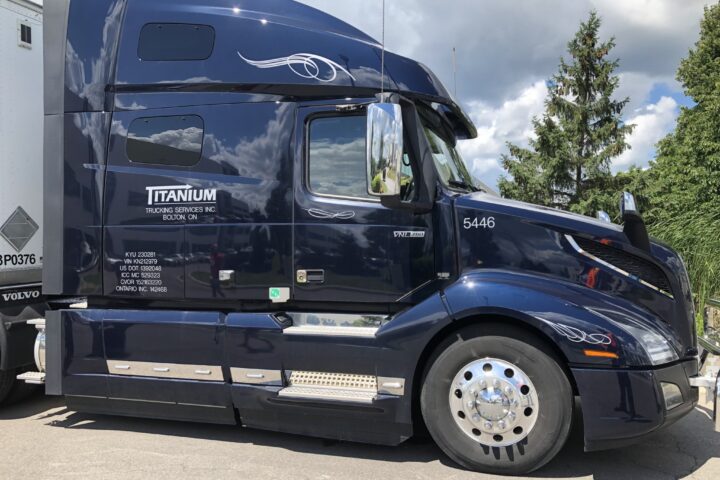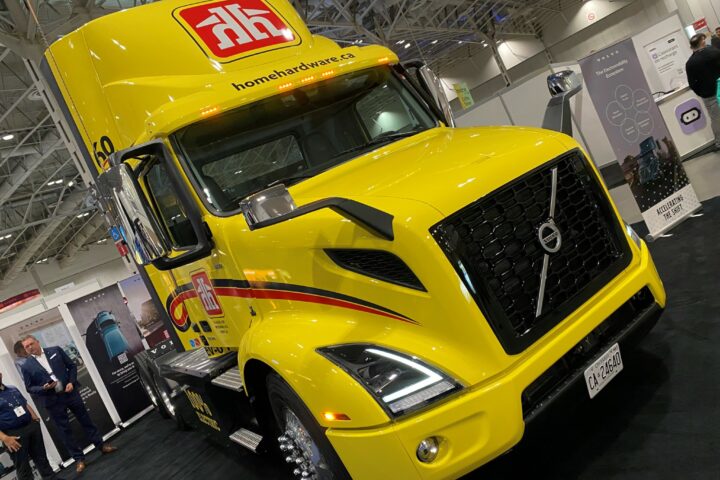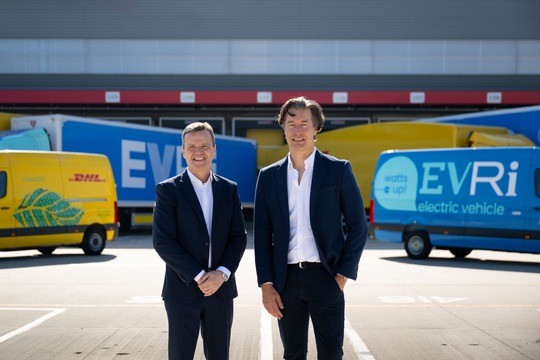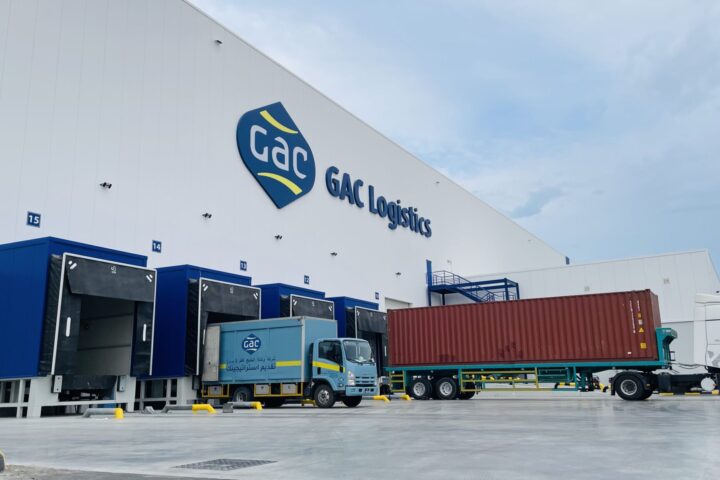Improvements in battery technology, charge management systems and product offerings are making it increasingly viable to electrify certain vocational truck applications.
This is according to speakers at the EV & Charging Expo in Toronto. However, vocational operators must be mindful of the power requirements of both the truck and the body types attached to them, as those will determine range and viability.

A hydraulic body may eat up 10-20% of a vocational truck’s battery capacity, while a reefer may consume 15-25%, noted Dave Jerman, account executive with PowerON Energy Solutions.
“That’s why it’s important to run a pilot project, so you can evaluate your energy needs and find out what works for your application,” he said.
Adam Crowston, general manager of Rizon Truck Canada, suggested fleets looking to electrify begin by collecting reliable telematics data from their diesel trucks, to better understand the duty cycle and range requirements. And then, ensure the most suitable routes or duty cycles are the first to be electrified.
Utility providers should also be involved in the early planning stages. And they’re getting better at understanding the power needs of commercial vehicles. Crowston said in B.C., the lead time required by utilities to set up the charging required for a commercial vehicle has gone from 24 months, down to nine, as the technology matures and is better understood.
Driver training is also an important factor that will influence the return on investment with electric trucks.
“In tests we’ve done, we’ve seen a gain of up to 20% in range just based on driver training,” Crowston said, noting drivers need to be trained on how to maximize regenerative braking to get the most out of the vehicle.
Marie-Claude Gohier, account manager with Fourgons Leclair, said truck bodies are now being designed specifically with electrification in mind. Fourgons Leclair offers a composite body she likens to a Yeti cooler.
“No water or moisture can get in,” she said. Traditional bodies that allow moisture seepage increase in weight, reducing payload and range. Often, customers blame the batteries when it’s the inefficiency of the body that’s affecting their performance.

Refrigerated bodies and the vehicles themselves should be brought to temperature while plugged in, so the batteries aren’t required to pull the temperature down to ideal conditions on their own while the vehicle is being driven. Charge management systems allow for this to be done remotely, noted Crowston.
Generally, Crowston said vocational trucks that operate 50-80 km/day, with lots of stops and starts and idle time, are ideal to electrify. Those vehicles typically return home at night where they can be recharged with a Level 2 charger.
“You need to find the right use case,” he said.
Jerman agreed, adding “Rather than focusing on your worst-case scenario, let’s pick your low-lying fruit. Focus on what we can do.”
Doing so allows the technology to mature, eventually broadening the duty cycles that will be viable for electrification later, he noted.
When choosing a route or application, Jerman said it can be counterintuitive to find the right fit. Electric vehicles tend to shine in applications where diesels are inefficient, such as city driving and high-idling routes.
While Crowston admitted the uptake of electric trucks is slower than had been hoped, he remains optimistic it has a place and will continue to see increased adoption. While EV startups have struggled, traditional OEMs have brought reliable product to the market with strong service support and parts availability. Those OEMs can play the long game, as they build their electric trucks on the same lines that produce diesel trucks.
“You’ll be able to electrify any of your work trucks in the near future,” he predicted.
And Jerman agreed, adding as battery technology advances, so too do charging capabilities and software that manages charging to improve efficiency.
Electrification planning
When looking to begin an electrification journey, start with a current needs assessment by discussing with your utility how much power is currently available at your facility. Find a truck or route that will first take advantage of that readily available power, he suggested, then consider future needs two to four years down the road. The technology is advancing so rapidly, looking beyond that may not yet be practical.
“Have a two- to five-year plan to make smart investments,” Jerman said. “You want to run that cable and get that transformer sized properly for future expansion.”
It’s much less expensive to trench and install conduits and cable under a parking lot that will accommodate future requirements than it is to rip up the pavement again, he noted. One client, he said, did run conduit and cable for future expansion but it was only able to accommodate a 175-kW charger, preventing the fleet from upgrading to 200-kW chargers when it wanted to upgrade.
Fleets that do make the investment, said Crowston, see many benefits, including maintenance savings (no oil changes and less brake wear), more satisfied drivers (less noise and vibration), and opportunities to gain business form sustainability-minded customers. He suggested getting drivers who are interested and supportive of change management to be among the first to operate the trucks, noting they’ll become advocates.
Partnerships and incentives
Jerman said the EV community is close-knit. Don’t be hesitant to reach out to other fleets or customers to discuss ways to charge at their sites and vice-versa when needed, while public charging stations are built out.
He also advised that fleets take advantage of carbon credit programs. These aren’t retroactive, so get involved right away upon truck deployment he suggested, noting they can amount to anywhere from $5,000 to $20,000 per vehicle, depending on energy use.
While the EV market in general may have softened, Gohier said interest continues to increase.
“Three years ago, we had a request for one EV every three to six months,” she said. “We are now seeing it on a weekly basis.”












